“If you want to go fast, go alone. If you want to go far, go together” – Old African proverb
Organizations are most times started by an individual but to scale and succeed, you need a team, having the right team makes all the difference. Now, let me paint a picture for you. Imagine establishing a company where you get to do all the work. That is, you are the CEO, the COO, the Frontline Manager, the Administrative Personnel, the Cleaner, the Gateman, etc. How effective will you be at running and growing the company to a place of market relevance? The chances are obviously very bleak!
How about being the president of a country and doubling as the Ministers, the Governors, the Lawmakers and the Military? How far do you think you will get? Even the mere thought of it is hilarious, isn’t it?
The truth is, successful organizations have mastered the ability of leveraging the skills, knowledge and experiences of other people – their team – to get the job done, and the job of every leader is to bring people together towards the achievement of specific goals and objectives. Now, the big question to ask is this: how can I build and develop the dream team?
According to a Harvard Business Review, J. Richard Hackman who is a professional in the field of organizational behaviour argues in his research that what matters most to collaboration is not the personalities, attitudes, or behavioural styles of team members. Instead, what teams need to thrive are certain “enabling conditions.” The review detailed some of the “enabling conditions” to be a compelling direction, a strong structure, and a supportive context.
Let us consider vision for starters. Vision is the principal function of every leader, and the communication of that vision is even more essential to the success of an organization. If your team does not have a clear vision and a compelling direction of the goal of the vision as well as where it leads, it is very likely that such organization will not last very long. A visionary leader is a leader that can create the future and bring that future into the present. Therefore, a team is as strong as the vision that brings them together.
Another factor that contributes to collaboration and the growth and success of a team in an organization is the structure and culture upon which the organization is founded. Organizational structure and culture are the bedrock of any A-level establishment, thus a team that would thrive requires a balanced mix of different skills, experiences and backgrounds.
“Don’t put square pegs in round holes” is a phrase that has almost become a cliché but its facts cannot be overlooked: the fact that a strong work structure is one that is designed to match people to tasks based on strengths – a competence-based structure. Statistics have shown that employees who act collaboratively stick at their tasks 64% longer than their solitary peers, while also reporting higher engagement levels, lower fatigue levels and higher success rates. This goes to show the importance of building dynamic teams that work.
It is often said that a chain is as strong as its weakest link. If that link is an introvert in your sales team or a Sanguine in a department that requires focus and high attention to details, then there is a high chance of recording negative growth. The formula to building an A-Team is to match people to tasks.
The third factor for successful team building is to develop a support system for the team. A support system should be designed to equip and train your team members on how to be effective at work, provide ease of access to information, reward exceptional performance, and also integrate technology into the standard operating procedures of the institution for increased efficiency.
Imagine that Alex, an employee in the HR department, needs to prepare a summary of the interviews conducted three months ago for the position of Assistant Operations Manager and this summary is required to select the second preferred candidate. If that organization lacks technological integration, it will be an arduous task for Alex to prepare the interview summary, and this will in turn slow down the company’s progress. It is therefore pertinent that there are support systems in place for your team to perform beyond expectations.
In conclusion, no one is an island. Everybody needs somebody, and a coalition of individuals with varying backgrounds, skills and experiences towards the achievement of a specific goal will ultimately lead to success, because, as John C. Maxwell says, “Team work makes the dream work!”
____________________________Taopheek Babayeju - CEO, iCentra. Taopheek Babayeju is an author, visionary leader, and transformation expert with over 25 years of multidisciplinary experience spanning strategy execution, project, program, and portfolio management, PMO delivery, technology consulting, information security, change and risk management, business agility, as well as organizational and digital transformation. His broad expertise positions him as a leading force in innovation and enterprise transformation. A proud alumnus of Lagos State University and Lagos Business School, Taopheek has furthered his education through executive programs at Harvard Business School and IESE Business School, and holds several globally recognized certifications — a testament to his commitment to excellence and lifelong learning. Passionate about developing people and transforming organizations for impact and sustainability, Taopheek’s influence has been felt across sectors and continents. In 2024, he made history as the first African to be named PMI Eric Jenett Person of the Year — a prestigious global recognition for leadership and strategic business excellence. Taopheek is a member of the Forbes Business Council, a startup advisor, and an angel investor. He is also a contributor at Forbes Magazine and a columnist at BusinessDay newspaper amongst others. @taopheek on all platforms






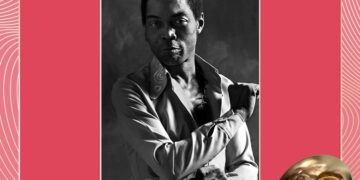















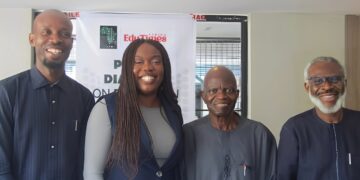





































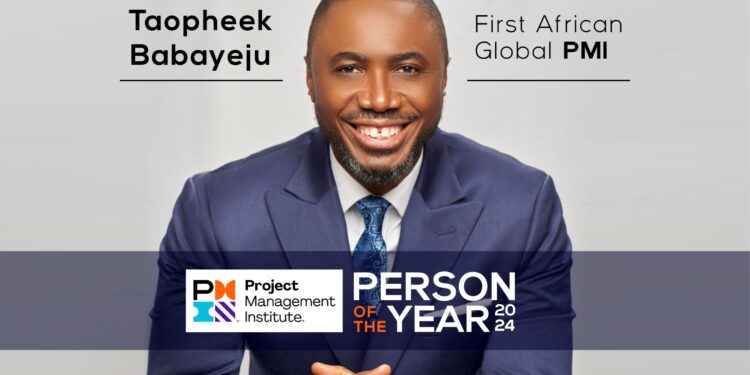


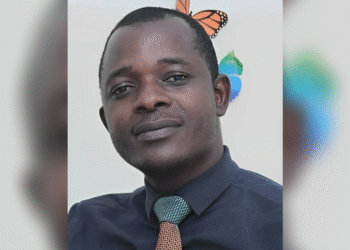

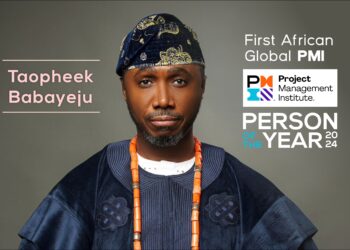
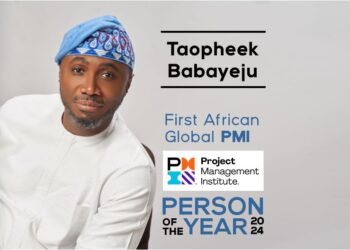









 EduTimes Africa, a product of Education Times Africa, is a magazine publication that aims to lend its support to close the yawning gap in Africa's educational development.
EduTimes Africa, a product of Education Times Africa, is a magazine publication that aims to lend its support to close the yawning gap in Africa's educational development.

